I love creating free content full of tips for my readers, you. I don't accept paid sponsorships, my opinion is my own, but if you find my recommendations helpful and you end up buying something you like through one of my links, I could earn a commission at no extra cost to you. Learn more
A torpedo level is a tool used by builders and contractors to ensure that two or more surfaces are at the same height. The spirit level works well for building shelving, hanging cabinets, installing tile backsplashes, leveling appliances, etc. It is one of the most common types of levels. And the smaller ones are called torpedo levels.
Generally, a torpedo works by centering a small bubble inside a tube containing colored liquid. It helps establish vertical or horizontal lines about the ground floor.
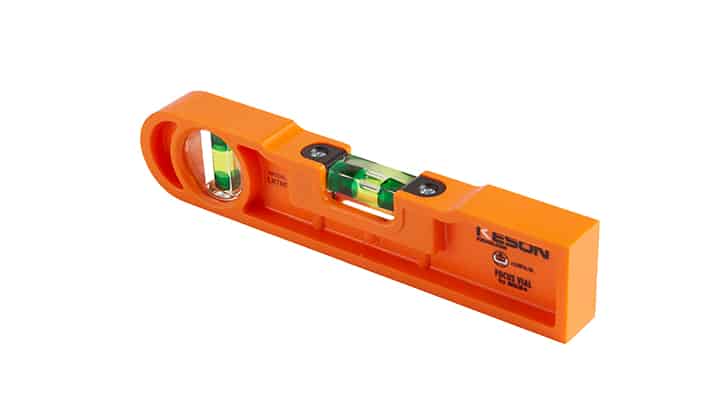
In this post we'll cover:
How to Read a Torpedo Level With 2 Easy Steps
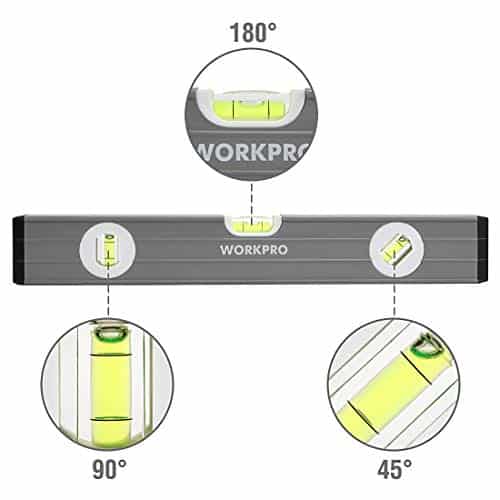
How to Use a Torpedo Level
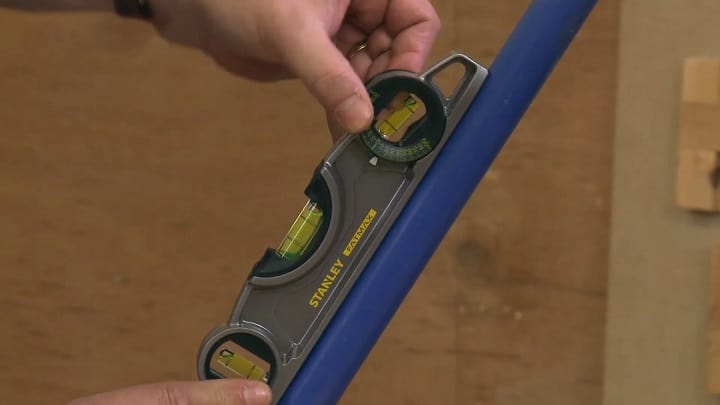
Leveling Horizontally
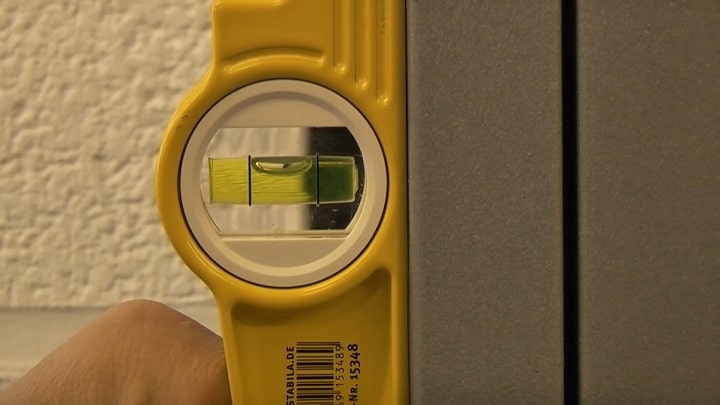
Step 1: Find the Horizon
Make sure the level is horizontal and parallel to the object you want to level. The process is also called “finding the horizon.”Step 2: Identify the lines
Observe the bubble and wait for it to stop moving. You are already horizontal if it is centered between two lines or circles. Or else, go on to the next step until the bubble is perfectly centered.- If the air bubble is on the right side of the vial line, the object is tilted downwards on your right-to-left. (too high on the right)
- If the air bubble is positioned left of the vial line, the object is tilted downwards on your left-to-right. (too high on the left)
Step 3: Level It
To get the true horizontal line of the object, tilt the level up or down to center the bubble between the two lines.Leveling Vertically
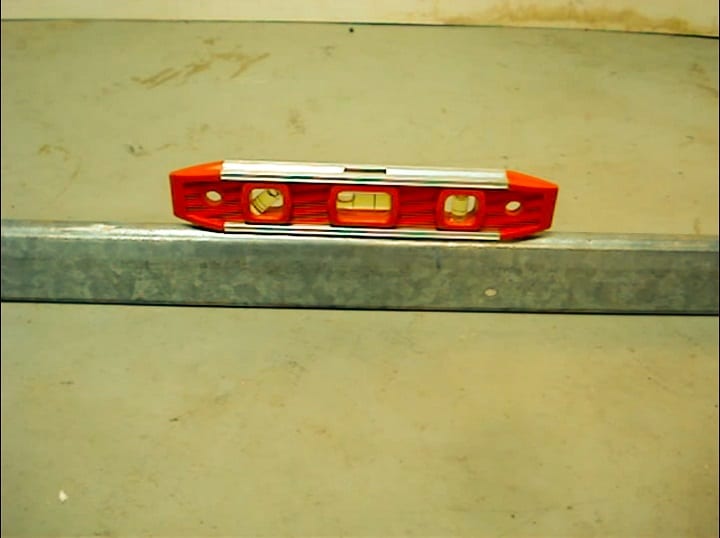
Step 1: Placing it Right
To get a true vertical (or true plumb line), hold a level vertically against the object or plane you will be using. This is useful when installing things like door jambs and window casements, where accuracy is key for ensuring they’re straight.Step 2: Identify the lines
You can use this level two ways. You can do this by focusing on the bubble tube located near the top of the level. The other way is perpendicular to it; there’s one at each end for vertical leveling. Check if the bubbles are centered between the lines. Allow it to stop moving and observe what happens when you look between lines. If the bubble is centered, that means that the object is perfectly straight up.- If the air bubble is on the right side of the vial line, the object is tilted on your left from bottom to top.
- If the air bubble is positioned left of the vial line, the object is tilted on your right from bottom to top.
Step 3: Levelling It
If the bubble is still not in the center, tip the bottom of it left or right as needed until its bubble is centered between lines on whatever object you are measuring.Levelling 45-Degree angle
Torpedo levels often come with a bubble tube tilted at 45 degrees. For a 45-degree line, do everything the same way, except you, ‘ll position the level 45 degrees instead of horizontally or vertically. This comes in handy when cutting braces or joists to make sure they are straight.How to Use a Magnetic Torpedo Level
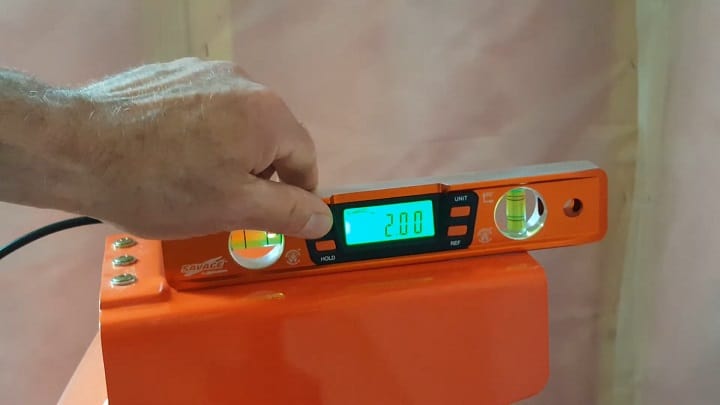
- When it’s centered between the black lines, that means it’s level.
- If the bubble’s on the right, it means either your surface is too high to the right (horizontal), or the top of your object is tilted to the left (vertical).
- When the bubble is on the left, it means either your surface is too high to the left (horizontal), or the top of your object is tilted to the right (vertical).
Frequently Asked Questions
How Do I Know If the Torpedo Level Is Well-Calibrated?
To make sure this tool is calibrated correctly, just set it on a flat, even surface. Once you’re done, note where the bubble ends up (generally, the more bubbles there are along its length, the better). Once you’ve done that, flip the level over and repeat the process. The spirit will show the same reading after completing either process as long as the two processes are done from opposite directions. If the reading is not identical, you will need to replace the level vial.How Accurate Is a Torpedo Level?
Torpedo levels are known to be incredibly accurate for making sure your level is horizontal. For example, using a 30ft piece of string and weights, you can check the accuracy against a bubble vial on an aluminum square plate. The torpedo level will measure true if you hang two plumb lines. One vertical and one horizontal, on either side of a tile/sheetrock board at one end, and measure +/- 5 millimeters horizontally over 14 feet. We’ll get three measurements per inch on our sheetrock. If all three readings are within 4 mm of each other, then this test is 99.6% accurate. And guess what? We did the test ourselves, and it is 99.6% accurate indeed.Final words
The high-quality Torpedo levels are the first choice for plumbers, pipefitters, and DIYers. It’s small, lightweight, and easy to carry around in your pocket; that’s what I love the most about a torpedo level. Their torpedo shape makes them great for uneven surfaces. They are also handy for everyday things like hanging pictures and leveling furniture. We hope this write-up has helped give you the knowledge- how to use these simple tools without issues. You will do well!I'm Joost Nusselder, the founder of Tools Doctor, content marketer, and dad. I love trying out new equipment, and together with my team I've been creating in-depth blog articles since 2016 to help loyal readers with tools & crafting tips.
